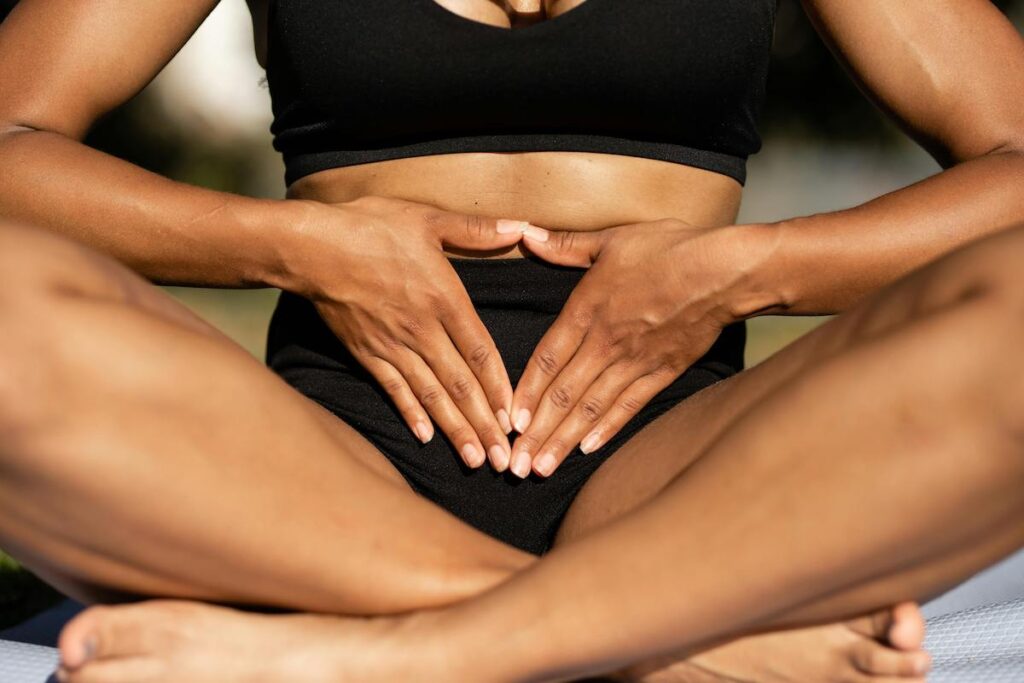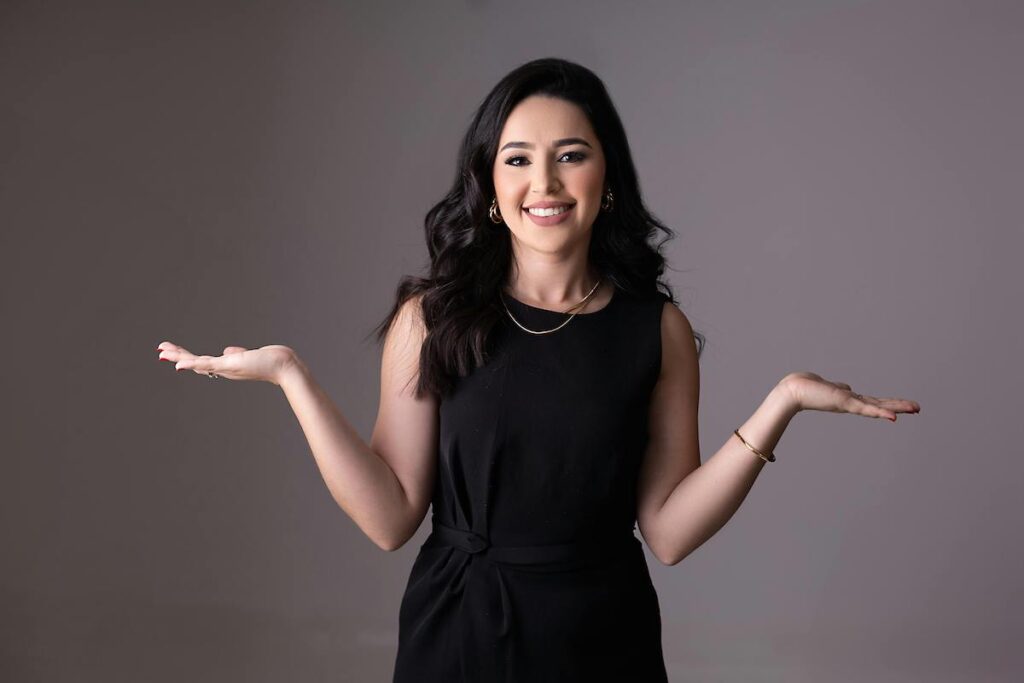While we are becoming increasingly aware of the importance of our intestinal microbiota for our general health, we still pay too little attention to our hair microbiota. And yet...
Clauderer takes a look at the role played by the microbiota in the health of the scalp, and therefore the health of the hair. We can't say it often enough: good hair can't be achieved without a healthy scalp - that's the basis.
First of all, what is the scalp microbiome?
It may be hard to imagine, but our scalp is a dynamic eco-system. It is an autonomous organism that is home to a wide variety of micro-organisms which, through their interactions, have the function of preserving the health of their "host" by contributing to the biological balance of their environment. In other words, these (good) bacteria, viruses and yeasts (or fungi) build a protective barrier against infection. If this immune bulwark is breached, an imbalance is created between the various micro-organisms - this is known as "dysbiosis" - and inflammation and scalp disease occur and spread.

Intestinal microbiota and scalp microbiota: different but complementary

We can use the image of a biological swimming pool to represent the microbiota: virtuous exchanges between the various micro-organisms and their surrounding environment, fluid circulation of oxygen and nutrients, healthy and fertile soil, vigorous plants... naturally. But this wonderful balance requires care and attention :-)
Every microbiota is different: the microbiota of the skin on our bodies is not the same as that of the intestine, nor is it the same as that of the scalp. What's more, the microbiological composition of each microbiota depends on many internal and external factors:
- pH, hydration, oxygen, sebum levels, but also gender, age, diet, ethnic origin, exposure to pollution, UV rays, etc....

Each microbiome is unique
In the end, each microbiota is unique and personal: it's your biological identity card, so to speak.
The scalp has a relatively limited microbiota (i.e. the diversity of all the micro-organisms present on the skin surface) compared to other microbiota. The varieties of yeast, bacteria and others are few and far between. On the other hand, its highly specific terrain sets it apart from other environments. More specifically, the yeast C. Malassezia, for example, represents 90 % of the colony of yeasts that reside on the scalp. This is easy to understand when you consider that this microscopic fungus feeds on lipids - in other words, it loves sebum. Malassezia is divided into 2 species: Malassezia restricta and Malassezia globosa, whose respective numbers vary according to our geographical origin. As for bacteria, there are 3 main "families": Staphylococcus capis, Staphylococcus epidermidis and Cutibacterieum acnes.
This particular composition is due to the specific pH of the scalp, research having shown that the ideal pH is between 5 and 6 to ensure an optimum level of immune protection for the scalp.
When the scalp microbiome goes awry :
As early as the 1960s, the link between the need for a balanced hair microbiome to ensure healthy hair follicles was established by observing that each hair follicle harboured a certain number of microbes.
One sure sign of an imbalance in the scalp microbiome is a change in the condition of the scalp. If you notice that your scalp is becoming more greasy or is itchier than usual, then it probably means that your hair microbiome is out of balance and undergoing inflammatory attack.
In fact, our scalp is a rather small but densely populated skin surface, and each micro-organism fights a merciless war for survival.
Not only does an unbalanced microbiome cause changes to the scalp (irritation, inflammation, dandruff and flakes, etc.), but even more seriously, it also has harmful consequences for healthy hair growth. As a result, a link has been established between microbiome imbalance and certain scalp diseases, and even excessive hair loss, including alopecia.
Seborrheic dermatitis, alopecia and alopecia: what if the culprit was the scalp microbiome?
In-depth studies have demonstrated the role of each micro-organism in diseases often found on the scalp. For example, seborrheic dermatitis: an excess of the S. Malassezia yeast on the scalp is probably the cause of seborrhoeic dermatitis. Another example: an excess of S. capes bacteria combined with a decrease in C. acnes bacteria causes dandruff.
Some of these microbes are located on or near hair follicles. Their quality, presence or absence can significantly alter hair growth and contribute to the miniaturisation of the hair follicle, leading to baldness. In the case ofandrogenetic alopecia, the most notable symptoms are superinfection of the hair follicles caused by an overabundance of Cutibacterium-type bacteria.
Another study shows that the majority of hair loss patients share common characteristics in terms of the composition of their microbiome. In contrast, the quantities and distribution of bacteria and yeasts were totally different in patients who did not suffer any hair damage.
The balance between the different species of micro-organisms is fragile but absolutely essential if you want to maintain a healthy scalp, and therefore healthy hair. The slightest malfunction (the result of an imbalance in the pH of the skin on the scalp) and the harmony is disrupted, leading to inflammation and various skin conditions. In reality, it is not so much the type of micro-organisms as the composition and relationships between them that are important in balancing the microbiome. To make things even more subtle (or complicated), the micro-organisms that colonise our scalp are not evenly distributed over the entire skull. Certain areas (vertex, forehead, temples) harbour different proportions of yeast and bacteria. This could explain why some infections are very localised.

No beautiful hair without a healthy scalp
What can be done to preserve your scalp's microbiome?
As you can see, keeping the scalp microbiome in balance is the key to healthy hair and hair that grows well. It's not necessarily as simple as it seems, given all the internal and external factors that come into play, making each microbiome an individual biological signature.
If you notice a change (sensitivity, the appearance of dandruff, a flare-up of dermatitis or abnormal hair loss), it's reasonable to ask yourself whether it might be the scalp microbiome which has gone haywire.
Solutions that respect the pH of the scalp exist to maintain or restore the delicate balance of the skin's microbial flora: regular application of a purifying lotion rich in anti-fungal and purifying active ingredients (essential oil of sage or rosemary) is an effective, natural solution from the very first symptoms. Above all, be gentle and use the right products.

It's in nature that we can find the resources we need to balance our microbiome and keep our hair full of life.

Our body is a "whole", and each microbiota communicates with the other microbiota in a balancing act fine-tuned to the millimetre. Dysregulated gut microbiota? Chances are your hair isn't in tip-top shape either, given the strong correlation between these 2 environments. All the more reason to take care of yourself as part of your overall well-being.

Beautiful hair: what if it's a question of balance?

